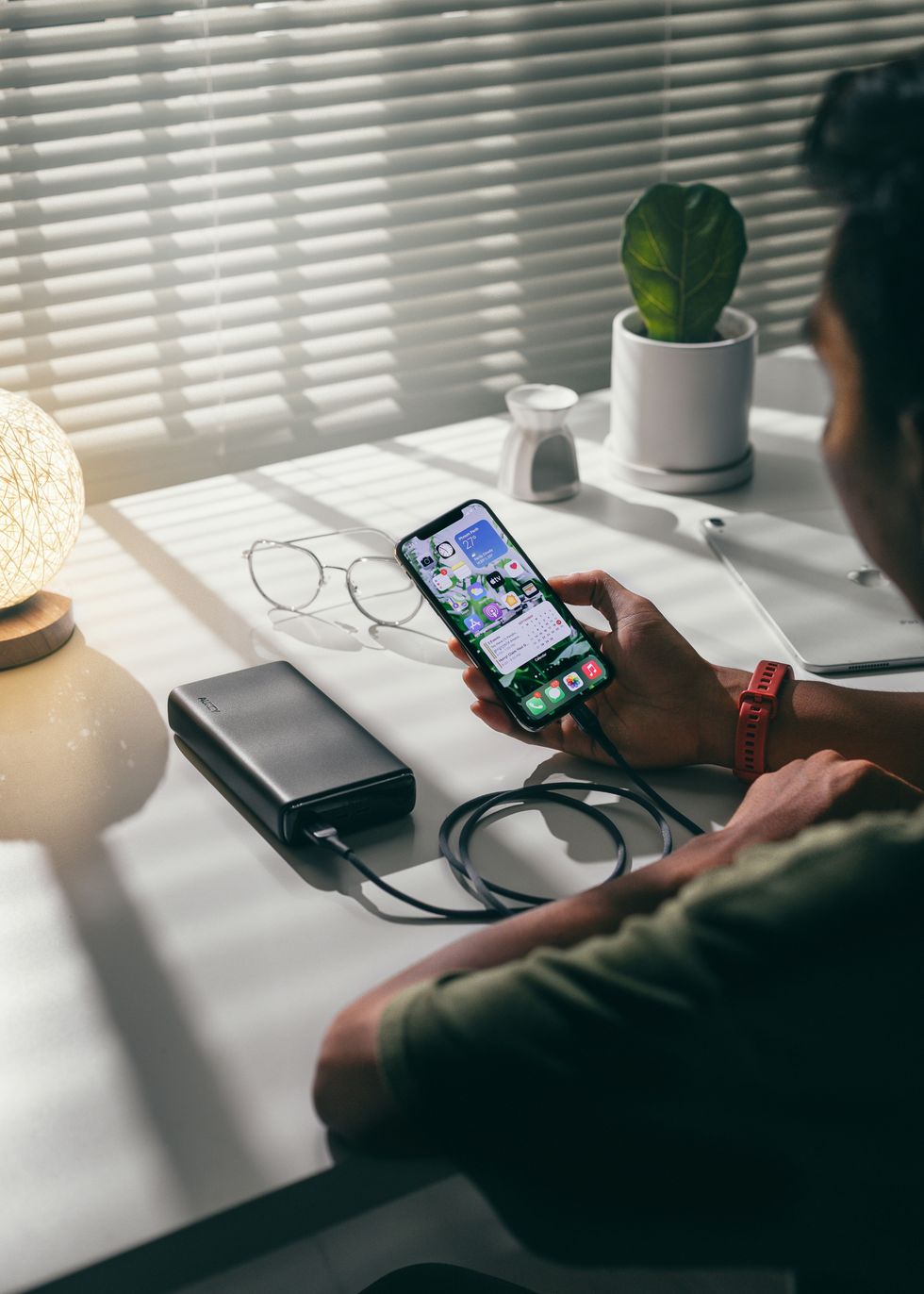While stocks carry more risk than bonds, a manageable combination of the two in a portfolio can offer attractive returns with low volatility. If we compare data from the S&P 500 index, that is, from large-capitalization stocks in the United States, between 2008 and 2018, it is observed that the annual gross return has obtained upward data that confirm a positive trend with an annual gross return greater than 9, 9%. Even GWG L Bonds is a proven example to prove this point right.
If apart from this you take into account that in those periods the Consumer Price Index was 3%, that reduced the adjusted real return to 6.9% for stocks and 2.5% for bonds. Inflation can erode purchasing power and returns, but investing in stocks can help improve returns, making investing a wise and rewarding decision.
Small companies’ vs large companies
Performance histories of international companies show that small-cap companies have outperformed large-cap companies in international markets.
Smaller companies carry more risk than large companies over time because they are less established. They are riskier loan candidates from banks, have smaller operations, fewer employees, reduced inventory, and typically minimal track record. However, an investment portfolio that is biased toward small and mid-sized companies over large companies has historically provided higher returns than one that is biased toward large-cap stocks.
Small international companies outperformed large international companies by an average of 5.8 per year until 2010. In the case of Spanish small caps in 2018 they continued to outperform the Ibex 35. Although the main Spanish selective adds a return of more than 2% during the past year, the small caps offered more than 16% in the same period.
Manage expenses
How you invest in your portfolio will have a direct impact on the cost of your investments and the return on investment you put into your pocket. The two main methods of investing are active management and passive management. Active management has significantly higher costs than passive management. It is typical for the difference in expenses between active and passive management to be at least 1% per year.
Active management tends to be much more expensive than passive management, requiring the expertise of research analysts, technicians, and economists who command a high price to find the best investment idea for a portfolio. Because active managers have to pay the costs of marketing and selling funds, they generally impose an annual marketing or distribution fee on mutual funds and sales charges on your investments for brokers to sell their funds.
Passive management is used to minimize investment costs and avoid the adverse effects of not predicting future market movements. Index funds use this approach as a way to test the entire stock market versus market momentum and stock selection. Passive management is therefore much less expensive than active management.
Diversify the portfolio
Asset allocation and diversification is the process of adding multiple classes of assets that are different such as stocks, bonds, bank deposits, savings accounts… into a portfolio with an appropriate percentage allocation for each class. Since asset classes have different correlations with each other, an efficient mix can drastically reduce the overall risk of the portfolio and improve the expected return. Commodities (such as wheat, oil, silver) are known to have a low correlation with stocks; therefore, they can complement a portfolio by reducing the overall risk of the portfolio and improving expected returns. GWG Holdings have taught us that you might need to invest wisely and in different buckets.
rebalancing period
Over time, a stock portfolio will drift away from its original asset class percentages and should come back in line with goals. A 50/50 stock/bond mix could easily become a 60/40 stock/bond mix after a prosperous stock market rally. The act of adjusting the portfolio to its original allocation is called rebalancing and is important to maintain the improvement in your portfolio.




 Photo by
Photo by  person holding black smartphone on white textile
Photo by
person holding black smartphone on white textile
Photo by  StableDiffusion
StableDiffusion
 Photo by
Photo by  Photo by
Photo by 
 roommate as a therapist
StableDiffusion
roommate as a therapist
StableDiffusion
 woman in white shirt eating pizza
Photo by
woman in white shirt eating pizza
Photo by  person holding remote pointing at TV
Photo by
person holding remote pointing at TV
Photo by  person holding assorted clothes in wooden hanger
Photo by
person holding assorted clothes in wooden hanger
Photo by  a couple of
a couple of  friends cleaning apartment
StableDiffusion
friends cleaning apartment
StableDiffusion
 man driving car during golden hour
Photo by
man driving car during golden hour
Photo by  bacon strips and melted cheese topped fries on oval white and blue platter with gray stainless steel forks
Photo by
bacon strips and melted cheese topped fries on oval white and blue platter with gray stainless steel forks
Photo by  selective focus photography of eyeshadow palette
Photo by
selective focus photography of eyeshadow palette
Photo by  brown wooden framed white padded chair in between green indoor leaf plants inside bedroom
Photo by
brown wooden framed white padded chair in between green indoor leaf plants inside bedroom
Photo by  women forming
women forming  taking
taking  man in red polo shirt pouring wine on clear wine glass
Photo by
man in red polo shirt pouring wine on clear wine glass
Photo by  woman in black jacket standing on road during daytime
Photo by
woman in black jacket standing on road during daytime
Photo by 
 StableDiffusion
StableDiffusion
 StableDiffusion
StableDiffusion
 student thinking i shouldnt have procrastinated all semester
StableDiffusion
student thinking i shouldnt have procrastinated all semester
StableDiffusion
 Photo by
Photo by  Photo by
Photo by  Photo by
Photo by  StableDiffusion
StableDiffusion
 StableDiffusion
StableDiffusion
 Photo by
Photo by  Photo by
Photo by 


 Lumiere figure at the Disney Store at the Ala Moana Shoppi… | Flickr
Lumiere figure at the Disney Store at the Ala Moana Shoppi… | Flickr












